Tonkin at 50: One of Those Times America Lied to Go to War
The Vietnam War began in earnest 50 years ago this Monday, when two U.S. ships off the coast of Vietnam began shooting at ghosts.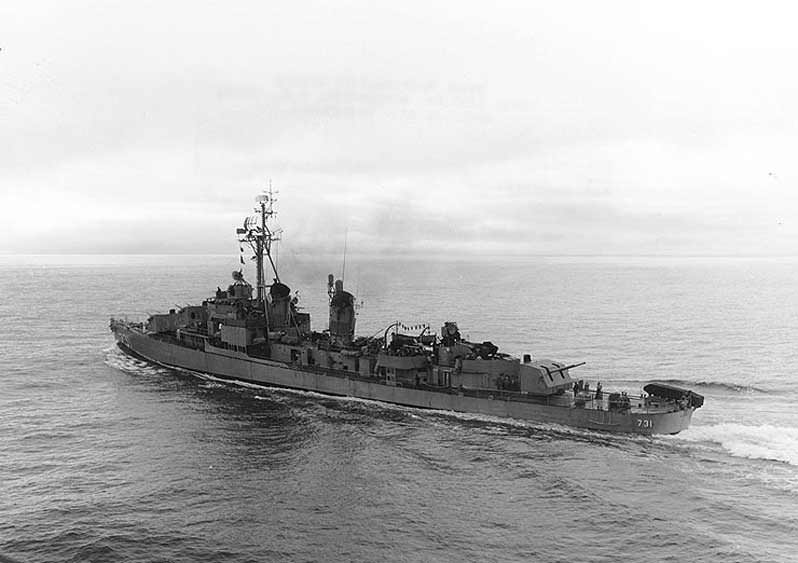 The USS Maddox. U.S. Navy
The USS Maddox. U.S. Navy
The Vietnam War began in earnest 50 years ago this Monday, when two U.S. ships off the coast of Vietnam began shooting at ghosts.
Claiming to have come under attack by the North Vietnamese, the second Gulf of Tonkin incident would eventually prove a hoax. But not before prompting the United States to escalate its policing of South Vietnam to a full-scale war against the North.
Speaking to the public, President Lyndon Johnson said, “As president and commander in chief, it is my duty to the American people to report that renewed hostile actions against United States ships on the high seas in the Gulf of Tonkin have today required me to order the military forces of the United States to take action in reply.”
But those “hostile actions” turned out to be nothing at all. As Truthdig Editor-in-Chief Robert Scheer, reporting 30 years ago for the Los Angeles Times, revealed, “a reconstruction of those events, based on once-secret government cables and formerly classified eyewitness accounts, indicates that the attack never occurred.”
Below is an excerpt of Scheer’s much longer piece, followed by video of Johnson’s speech.
Twenty years ago, on the blackest of nights in the Gulf of Tonkin, when the moon died and dense fog, angry seas, electrical storms and luminescent ocean microorganisms conspired to play tricks with a sailor’s mind, America went to war.
A murky incident–a purported attack on U.S. vessels by North Vietnam–led President Lyndon B. Johnson to order the bombing of North Vietnam, to obtain a congressional resolution approving the Americanization of the war in Southeast Asia and eventually to station half a million U.S. troops in Vietnam.
However, a reconstruction of those events, based on once-secret government cables and formerly classified eyewitness accounts, indicates that the attack never occurred.
The confusion began the night of Aug. 4, 1964, high on the bridge of the Maddox, an aging destroyer outfitted as a spy ship. Unable to see objects a few feet into the blustery dark, dependent on electronic information gleaned from radar, sonar and intercepted enemy communications, Capt. John J. Herrick–a 44-year-old veteran of two wars–concluded that the mysterious dots on his radar screen were North Vietnamese PT boats bent on attacking his two-ship flotilla.
Herrick, commodore of the 7th Fleet’s Destroyer Division 192, radioed an emergency call to Pacific naval headquarters in Honolulu that would soon be read to the President, who was eating breakfast in the White House 12 time zones away. Johnson was furious.
Two days before, the Maddox had fired first on three North Vietnamese PT boats that had closed to within 10 miles of the Maddox in what Herrick believed was an imminent attack. Now, there had apparently been a second incident, and for the next 14 hours, the President’s men would plan a retaliatory air strike.
Johnson–in the midst of an election campaign–insisted that decisive action be taken soon enough for him to announce it on television that night, even as his staff frantically tried to determine whether an attack had indeed occurred.
In order to meet that deadline, Johnson would overrule the commander in chief of the Pacific Fleet and announce the bombing of North Vietnam before some of the U.S. pilots had even arrived over their targets.
Not So Clear in Gulf
In the daylight of Washington it was all very clear and simple–but not so clear back in the darkened gulf.
From its inception, the purpose of Herrick’s mission–which had been conceived in the White House and directed by the President’s national security adviser–was largely secret, even to him. It had begun a week earlier, when the Maddox was re-equipped as an intelligence-gathering ship and sent to obtain information on Hanoi’s radar and communications, as well as to make a show of force close to the North Vietnamese coast.
Simultaneously, South Vietnamese navy personnel, trained by the United States and using U.S.-supplied boats, had begun conducting secret raids on targets in North Vietnam.
Unknown to Herrick, one such attack had begun the night of July 30, immediately before he began sailing along the North Vietnamese coast. The North Vietnamese PT boats that closed on the Maddox on Aug. 2 were probably retaliating for that assault.
Then-Secretary of State Dean Rusk conceded as much in a classified cable to Gen. Maxwell D. Taylor, U.S. ambassador to Vietnam, the following night. The “Maddox incident is directly related to (North Vietnam’s) efforts to resist these activities,” Rusk said.
— Posted by Peter Z. Scheer
Your support matters…Independent journalism is under threat and overshadowed by heavily funded mainstream media.
You can help level the playing field. Become a member.
Your tax-deductible contribution keeps us digging beneath the headlines to give you thought-provoking, investigative reporting and analysis that unearths what's really happening- without compromise.
Give today to support our courageous, independent journalists.
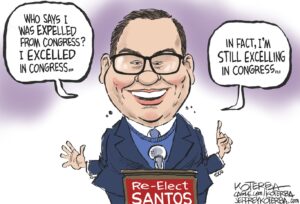
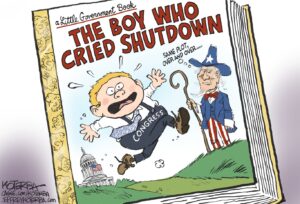
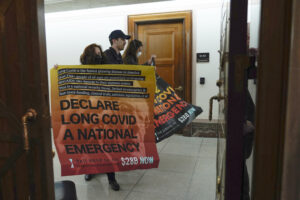

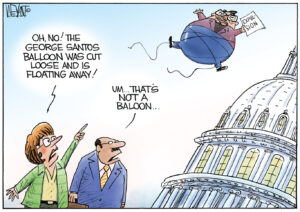

You need to be a supporter to comment.
There are currently no responses to this article.
Be the first to respond.